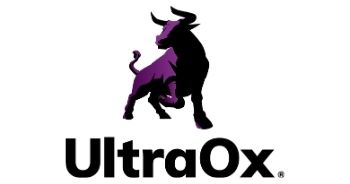 What is UltraOx®
What is UltraOx®
UltraOx® is Advanced Heat Treat Corp.'s trademarked heat treat process that provides three protective layers to protect parts from wear and corrosion. It has been widely used to replace chrome plating, nickel plating, QPQ (quench-polish-quench) and melonite/salt bath. Learn why people are switching from plating and salt bath to UltraOx in this one-minute read.
Benefits of UltraOx®
- Environmentally-friendly alternative to chromium and nickel plating, melonite, QPQ/salt bath nitriding, as well as powder coating
- Improves corrosion resistance and abrasion properties in automotive, agriculture, construction, firearms and many other applications
- Easily surpasses salt spray test of 240 hours per ASTM B117
- Achieves a minimum surface hardness of 60+ HRC (or equivalent)
- Produces thick compound zone (white layer) - up to 0.0015"
- Reduces adhesive wear & increases fatigue strength
- 100% part coverage
- No salt residue, so parts are ready to assemble once they are back in your hands
- UltraOx® is NOT A COATING, so there is no surface pitting, flaking or hydrogen embrittlement
- The UltraOx process can be customized to achieve both the metallurgical and aesthetic results you desire
Learn more about ultraOx
This video was made for firearms, but UltraOx is also commonly used in agriculture, construction, tooling and more.
UltraOx Size Capabilities
Advanced Heat Treat Corp. (AHT) can UltraOx parts up to:
Size capabilities vary by location. Please contact an AHT representative for details.
|
UltraOx is Offered at the Following AHT Locations:
- 2825 MidPort Blvd. Waterloo, Iowa 50703
- 1545 County Road 222, Cullman, Alabama 35057
- 1625 Rose Street, Monroe Michigan 48162
|
VIEW ADDITIONAL ULTRAOX RESOURCES